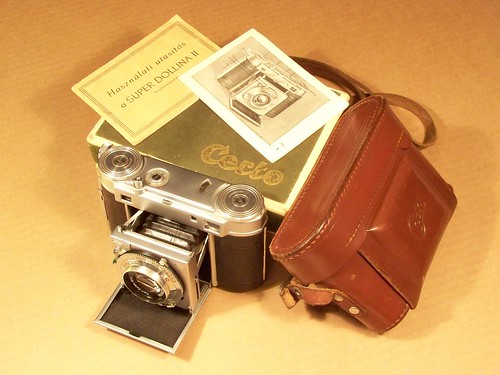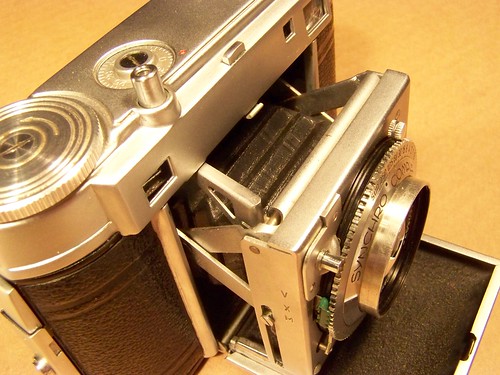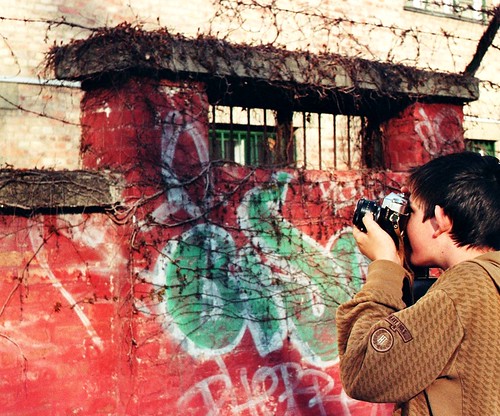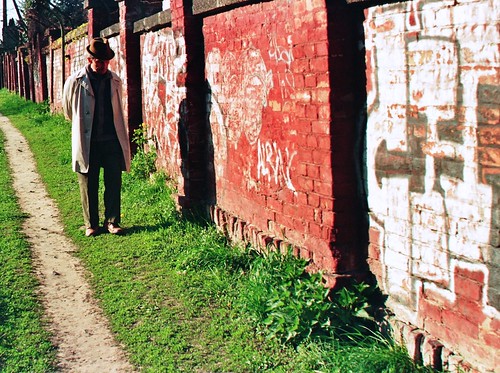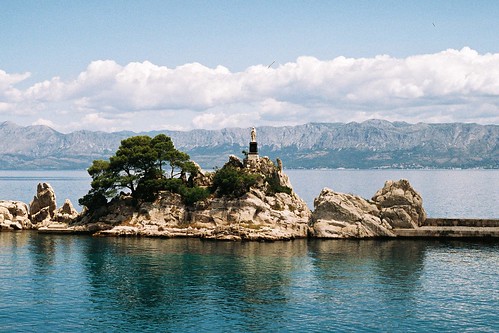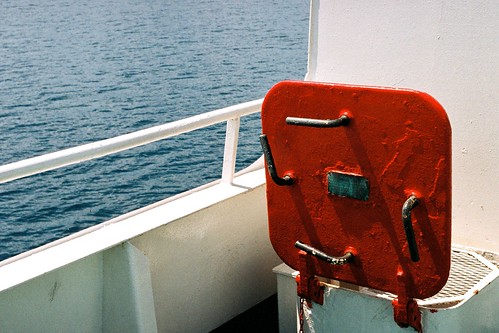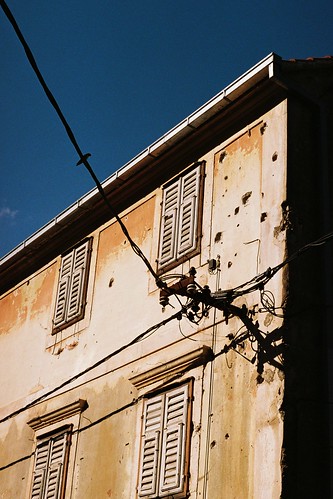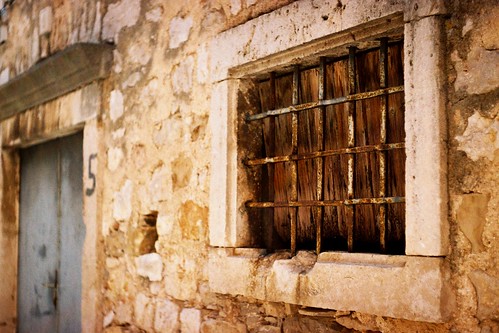- Type: version 2 type B
- Serial No: 130546
- Manufactured: 1952
- Manufacturer: Eho-Altissa, later VEB-Altissa Kamera Werk, Dresden, Germany
- Shutter: Vebur
- Shutter speeds: 1, 1/2, 1/5, 1/10, 1/25, 1/50, 1/100, 1/250
- Lens: Meyer-Optik - Trioplan 1:2.9/50
- Apertures: between 2.9 and 16
- Lens No:1681093
- Lens mount: fixed
- Last CLA: 06/2011
I had bought this camera to have something which I could take with me on my motorbike and I didn’t mind to wreck. It was cheap. It was ugly on the pictures. I didn’t care about the look just wanted something simple and functioning. It cost less than 15 EUR.
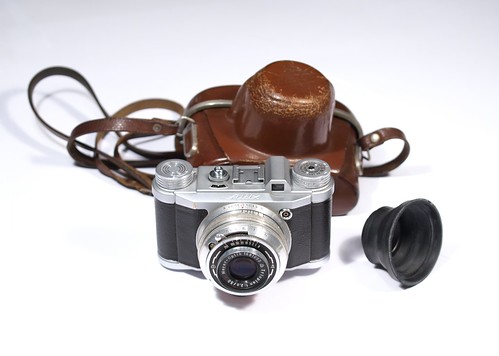
As for the functionality, it provides with the bare minimum: small aperture and speed range, separate film winding and shutter cocking, no metering at all, you have to use a separate light meter for the exposition settings and a good guess-o-meter for the distances. Sounds not too handy, right?
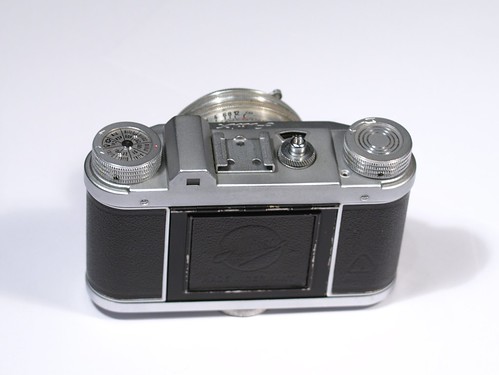
The first thing I noticed when I finally got it was how small it was. And how seriously good looking. Far better than on the pictures. It was a real surprise for me.
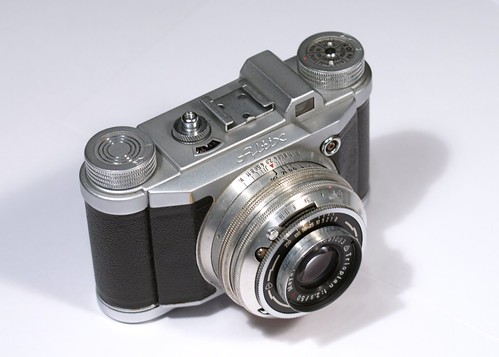
I took it to the International Seiberer Bergpreis oldtimer race to have an old camera with me. It was sunny so I didn’t have to use my light meter just set f/16 and 1/100. I used range focusing to forecast the distance. Winded the film, cocked the shutter and shot. Modified the distance and shot again. And again and again. I fell in love with it for the first roll.
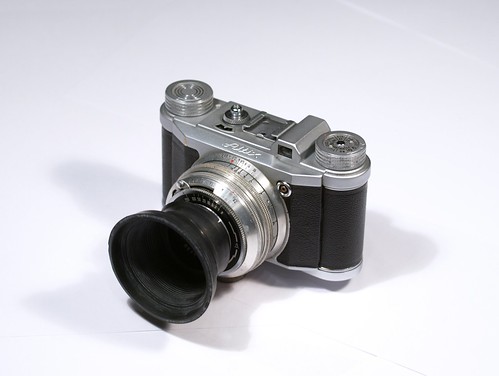
The rings and knobs are ergonomically designed so the handling feels absolutely natural. The viewfinder is surprisingly bright and useful. The lack of metering gives you speed. You have to calculate and set everything in advance so you won’t miss the right moment of exposition. It turned to be the ideal camera for the oldtimer race. I could shoot 2 or more pictures of a car or a motorcycle taking the curve. Here are some pictures of the first two rolls:
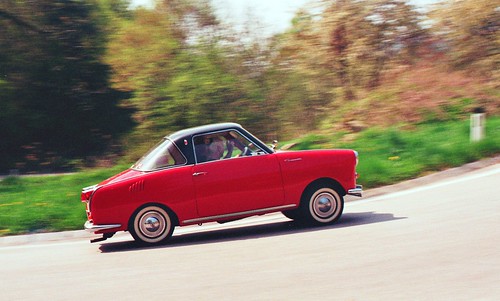
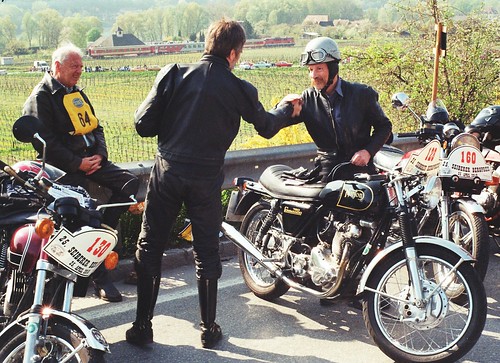
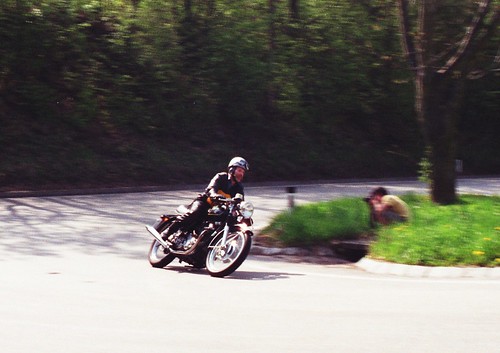

And now some words on the Trioplan lens. It has 3 elements. It was designed to be an affordable alternative of the more sophisticated 5 elements lenses. Well, its designer made a terrific job. It renders sharp and clear images. I simply love it.
The small Altix quickly became one of my favorite cameras. It’s so ergonomic that it feels almost like a part of my body. It’s a great performer if you can prepare for the light conditions with the appropriate film speed. However, the absence of a rangefinder makes it very difficult to use if it comes to wider aperture settings.
